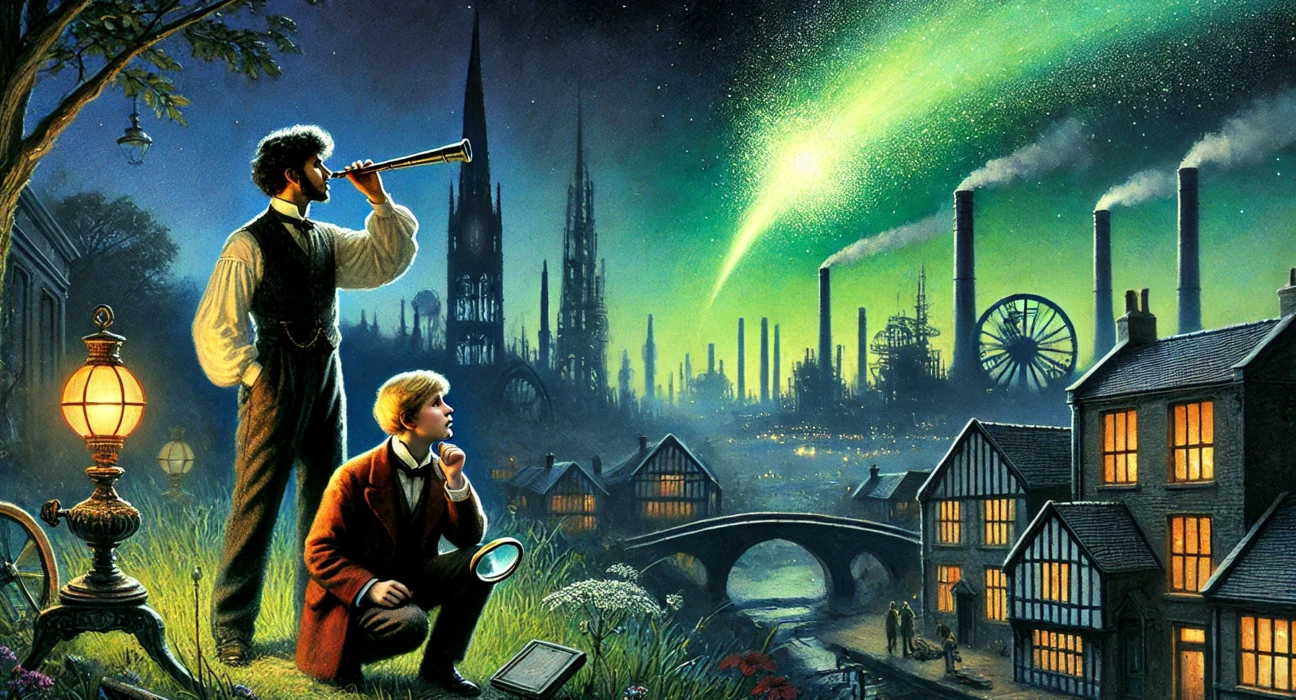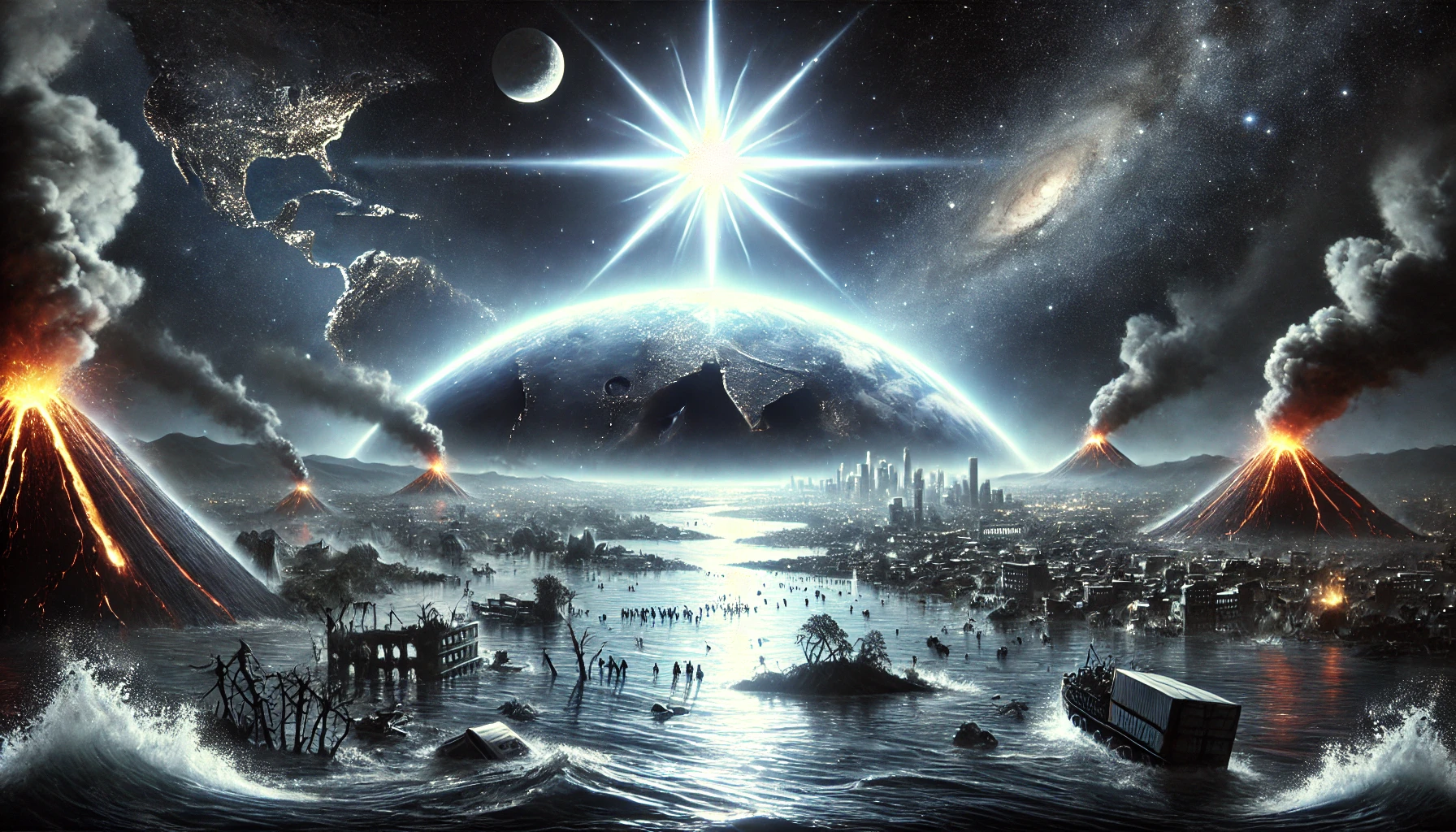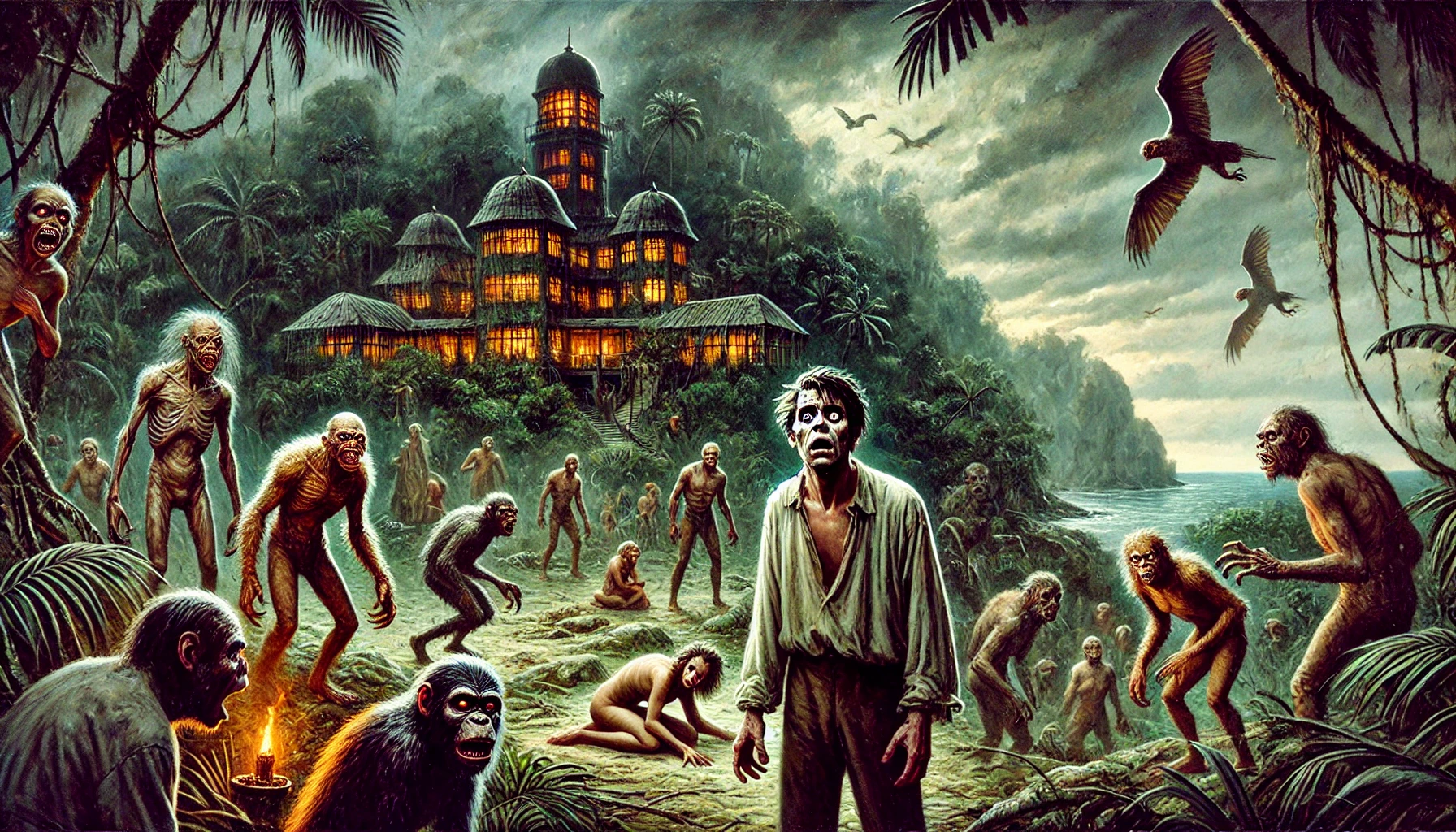“In the Days of the Comet” by H.G. Wells, published in 1906, is a science fiction novel set in Edwardian England. The story delves into themes of social justice, personal transformation, and the impact of scientific phenomena on human lives. The narrative follows the protagonist, William “Willie” Leadford, as he navigates through a tumultuous period of personal and societal upheaval, culminating in a profound change brought about by a comet.
Plot Summary
Willie Leadford sat in his small, dingy room, plagued by the harsh realities of his life. The oppressive atmosphere of Edwardian England weighed heavily on him, a world marked by industrial toil and social injustice. Willie worked at Rawdon’s pot-bank in Clayton, a position that only deepened his discontent. The world seemed to conspire against him, and his only solace lay in his love for Nettie Stuart, the gardener’s daughter at Checkshill Towers. Their love, however, was not enough to shield him from the frustrations and inequities that defined his existence.
Willie’s discontent was not just personal but also deeply social. The capitalist system, with its inherent inequalities, filled him with a burning desire for change. His relationship with Nettie was fraught with misunderstandings, exacerbated by societal pressures and his own restless nature. Despite their tender moments, their connection began to fray under the weight of these external forces.
One evening, in the midst of his turmoil, Willie visited his friend Parload, a tall, flaxen-haired youth who was deeply fascinated by the new comet visible in the night sky. Parload’s obsession with the comet, a bright presence casting shadows on its own account, seemed almost absurd to Willie, who was consumed by more immediate concerns. The celestial event, however, would soon become a turning point in their lives.
As Willie grappled with his personal crises, the comet grew brighter and more dominant in the night sky, capturing the attention and imagination of the world. Parload, with his newly acquired spectroscope, was enraptured by the mysterious line in the green that the comet revealed. His fascination with the heavens contrasted sharply with Willie’s preoccupation with earthly matters. The approaching comet was a harbinger of the Great Change, a transformation that would soon engulf humanity.
Nettie, influenced by societal norms and her own uncertainties, eventually broke off her engagement with Willie. Her rejection, delivered through a prim and formal letter, shattered him. This, coupled with the oppressive conditions at work and his strained relationship with his mother, pushed Willie to the brink of despair. He felt repudiated by the universe, his self-worth crushed by the dual blows of personal and professional rejection.
Amidst this personal crisis, the comet drew nearer, its presence heralding an extraordinary event. As it approached Earth, a green gas began to emanate, enveloping the planet in a transformative shroud. This gas, a cosmic catalyst, induced a profound change in human consciousness. People awoke to a new reality, one characterized by empathy, understanding, and a sense of interconnectedness.
Willie, like the rest of humanity, experienced this metamorphosis. His bitterness and anger melted away, replaced by clarity and purpose. The oppressive weight of his previous life lifted, and he found himself in a world reborn. Nettie, too, underwent a transformation, and their relationship evolved into a shared vision of a better future, rather than the romantic entanglement it once was.
The societal changes brought about by the comet’s influence were profound. The rigid hierarchies and injustices of the capitalist system crumbled, giving way to a utopian society based on cooperation and harmony. Political, economic, and personal relationships were all redefined in this new era of enlightenment. The competitive, dog-eat-dog world was replaced by one where mutual aid and understanding were the guiding principles.
In this new world, Willie reconciled with his past, including his strained relationship with his mother. The harsh judgments and misunderstandings that had characterized their interactions were replaced by mutual respect and love. The green gas had not only transformed society but had also healed personal wounds, fostering a sense of unity and purpose.
Parload, who had been so entranced by the comet, found his scientific curiosity vindicated. The celestial event that had seemed so distant and irrelevant to Willie proved to be the key to humanity’s salvation. Parload’s fascination with the unknown had led them to a new reality where science and social progress went hand in hand.
As humanity embraced this new era, the possibilities seemed endless. The comet’s arrival had catalyzed a fundamental shift, and the future was bright with promise. The challenges of the old world were replaced by the opportunities of the new, and people looked forward to building a society based on the principles of peace, equality, and intellectual growth.
The journey toward a perfect society was far from over, but the first and most crucial step had been taken. Willie, Nettie, Parload, and countless others embarked on this new path, their lives forever changed by the Great Change. The comet had not only brought destruction but also rebirth, heralding a new dawn for humanity.
Willie Leadford’s story, intertwined with the celestial dance of the comet, serves as a testament to the transformative power of enlightenment and empathy. In the wake of the Great Change, humanity found itself united in purpose, poised to create a world where the values of justice, cooperation, and understanding reigned supreme.
Main Characters
- William “Willie” Leadford: The protagonist, a young man disillusioned with the societal and economic injustices of his time. His journey from anger and frustration to enlightenment and purpose forms the core of the story.
- Nettie Stuart: Willie’s love interest, whose initial rejection and subsequent transformation reflect the broader changes in society. She represents the struggle and eventual reconciliation between personal desires and societal expectations.
- Parload: Willie’s friend, whose fascination with the comet contrasts with Willie’s focus on social issues. Parload’s intellectual curiosity and eventual transformation highlight the novel’s theme of scientific and personal enlightenment
Theme
- Social Justice and Inequality: The novel critiques the harsh realities of early 20th-century industrial society, emphasizing the need for social reform and justice.
- Transformation and Enlightenment: The comet serves as a catalyst for profound personal and societal change, highlighting themes of enlightenment, empathy, and interconnectedness.
- Science and Progress: Through Parload’s character and the comet, the novel explores the intersection of scientific discovery and social progress, suggesting that true advancement requires both intellectual and moral development.
- Love and Relationships: The evolving relationship between Willie and Nettie reflects the broader societal changes, illustrating how personal connections are influenced by and can influence social conditions.
Writing Style and Tone
H.G. Wells employs a reflective and philosophical tone throughout the novel, combining elements of social critique with speculative fiction. His writing is characterized by vivid descriptions and a keen insight into human emotions and societal dynamics. Wells uses the narrative to explore complex themes, blending a realistic portrayal of Edwardian society with imaginative and visionary elements. The tone shifts from the initial despair and anger of the protagonist to a hopeful and optimistic outlook, mirroring the transformative journey of the characters and society.
We hope this summary has sparked your interest and would appreciate you following Celsius 233 on social media:
There’s a treasure trove of other fascinating book summaries waiting for you. Check out our collection of stories that inspire, thrill, and provoke thought, just like this one by checking out the Book Shelf or the Library
Remember, while our summaries capture the essence, they can never replace the full experience of reading the book. If this summary intrigued you, consider diving into the complete story – buy the book and immerse yourself in the author’s original work.
If you want to request a book summary, click here.
When Saurabh is not working/watching football/reading books/traveling, you can reach him via Twitter/X, LinkedIn, or Threads
Restart reading!








